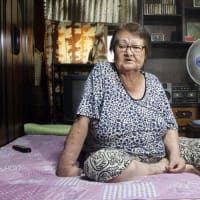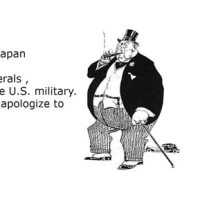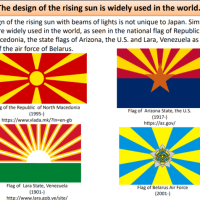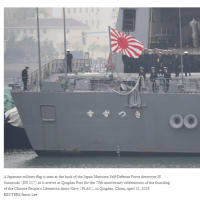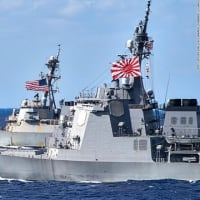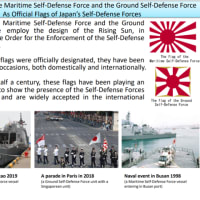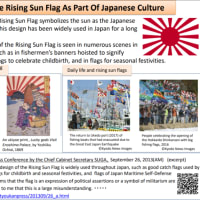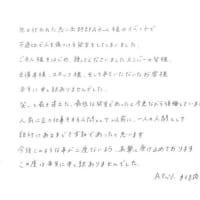以下のDavid Vineという米国人教授による記事は、韓国の米軍基地周辺の売春に関してだが、「日本軍が数十万人のアジアの女性を強制連行し運営した慰安所が戦後韓国で受け継がれた」という部分は事実誤認。相変わらずこういうデマが横行している。 https://t.co/D4Isojcm0P
— H.S. Kim (@xcvbnm67890) 2019年1月27日
With the assistance of Korean officials, U.S. authorities continued the system absent formal slavery, but under conditions of exceedingly limited choice for the women involved.
The arrangements were further formalized after the 1950 outbreak of the Korean War. “The municipal authorities have already issued the approval for establishing UN comfort stations in return for the Allied Forces’ toil,” wrote the Pusan Daily. “In a few days, five stations will be set up in the downtown areas of new and old Masan. The authorities are asking citizens to give much cooperation in coming days.”
That's exactly like the Japanese system.
“The women were readily available,” a U.S. official at the Embassy in Seoul told me, describing the time when he’d been stationed in Korea in the early 1980s. “There was kind of a joke” where guys “would take out a $20 bill and lick it and stick it to their forehead.” They said that’s all it took to get a girl.
Today, many of the women who once worked in the system still live in the camptowns, so strong is the stigma attached to them. One of the sex workers, who would identify herself to a reporter only as “Jeon,” moved to a camptown in 1956 as an 18-year-old war orphan. Within a few years, she became pregnant, but she gave up her son for adoption in the United States, where she hoped he would have a better life. In 2008, now a U.S. soldier, he returned to find her. Jeon was surviving on public assistance and selling things from the trash. She refused his help and said he should forget about her. “I failed as a mother,” Jeon says. “I have no right to depend on him now.”
“Women like me were the biggest sacrifice for my country’s alliance with the Americans,” she says. “Looking back, I think my body was not mine, but the government’s and the U.S. military’s.”










